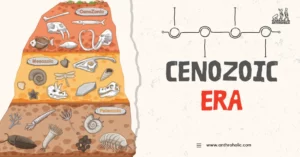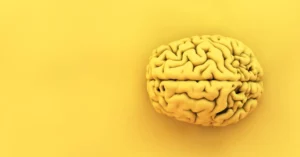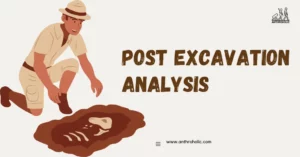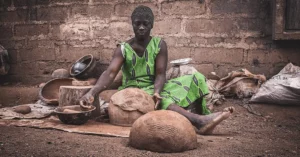AI Answer Evaluation Platform Live Now. Try Free Answer Evaluation Now
Bioarchaeology
In the late 1970s, evident in the emergence of the field of bioarchaeology—the study of human remains from ancient cultures—had become a significant area of study for the social sciences. The emergence of New Archaeology in the United States served as the initial impetus for the development of bioarchaeology, which has since grown into one of the most scientifically oriented fields of social research.

A cosmopolitan of other research
By merging archaeology, biology, and cultural anthropology with concepts and techniques from other fields such as sociology, demography, chemistry, statistics, history, and forensics, among others, modern bioarchaeologists provide a complete perspective of the previous 10,000 years of human history. At that time, humans established agriculture and domesticated animals. Both of these cultural advancements had a negative impact on human health, especially in terms of health loss, which bioarchaeologists may be able to detect in the patterning of sickness and trauma in skeletal remains.
The division of work along gender lines that followed from the introduction of agriculture and other economic advancements has been documented in many cultures’ biological remains. Another trait of humans is migration. We may credit our cultural aptitudes for helping us devise answers to ecological issues, as well as our biological make-up for aiding our physical adaptation to new surroundings, for the fact that Homo sapiens have effectively colonized the bulk of the earth.
Bioarchaeology in the context of World development
Yet, conflicts over land and other important resources have a long history, and much of it may be understood from the damage to the bones of those who have experienced violence and slaughter. The objective of bioarchaeology is to convey the whole history of our ancestors. Bioarchaeology aims to understand how these people, from the Roman legionnaire to the native Britons he was tasked with subduing, from the sacrificed Aztec child to the people whose lives depended on appeasing their deity, and from the African woman brought to the United States through the transatlantic slave trade to her white owners, contributed to world history both individually and collectively.
History of Bioarchaeology
The term “bioarchaeology” was created in 1972 by British archaeologist Grahame Clark to describe his study of animal remains at Star Carr, a prehistoric site in North Yorkshire, England[1]. Clark followed up on this work in 1973. Clark was very interested in paleo economics, or the beginning of the relationship between people and their environment. Because of his attention to faunal remains, Clark was able to describe the ancient economy in terms of hunting, butchering, and other activities. The concept was initially developed in the late 1970s by anthropologist Jane Buikstra[2]. A bioarchaeology was outlined by Buikstra, who was influenced by the New Archaeology and the tradition of US four-field anthropology, in contrast to the heavily descriptive skeletal studies that had been conducted in earlier periods of American archaeology[3].
New research Question
This bioarchaeology placed an emphasis on the need to generate and address research questions about earlier human populations. In the United States, the study of human skeletal remains from archaeological sites is referred to as “bioarchaeology” and has gained widespread acceptance. In the UK, “osteoarchaeology” and “bioarchaeology” are often used synonymously to refer to the study of all biological remains or a subset of them (human, animal, and plant). This bibliography uses the definition of the term as it is commonly understood in the United States, where bioarchaeology deals with human skeletal remains, zooarchaeology deals with faunal remains, and paleoethnobotany deals with plant remain, even though the term’s definition is still quite broad in many other parts of the world.
See Also
References
[1] Clark, J. G. D. 1972. Star Carr: A case study in bioarchaeology. Reading, MA: Addison-Wesley
[2] Buikstra’s definition of bioarchaeology as a multidisciplinary research program
[3] Buikstra, Jane E. 1977. Biocultural dimensions of archeological study: A regional perspective. In Biocultural adaptation in prehistoric America. Edited by R. L. Blakely, 67–84. Proceedings of the Southern Anthropological Society 11. Athens, GA: Univ. of Georgia Press.




